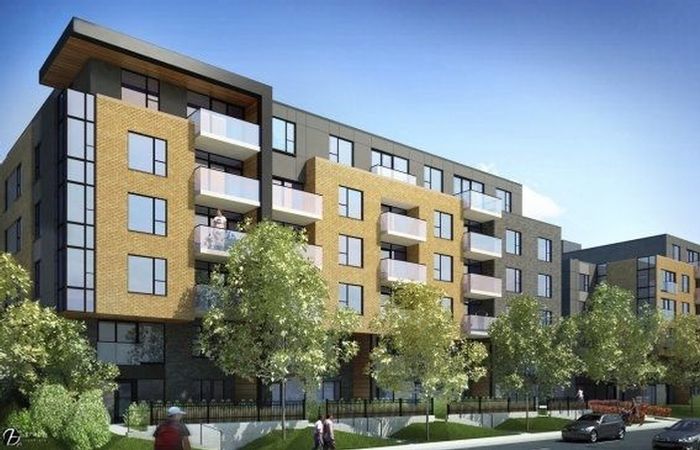Skeezix
Senior Member
Member Bio
- Joined
- Apr 25, 2007
- Messages
- 4,343
- Reaction score
- 2,688
- Location
- East of this, west of that
I agree that it is a question of scale. City planning exercises can often hew towards good politics more than good planning, which is often why they are so vulnerable. I have not reviewed the planning instrument(s) here, so I cannot specifically comment on what the City has planned for Broadview, but even if everyone agrees on mid-rise development, there can be sharp divides on what that means and how it is implemented. I don't think that developers typically feel that there are no reasonable limits (that's not my experience), but it is not uncommon for unsophisticated landowners (i.e. not developers) to have unrealistic expectations as to the value of their land and how it can be developed.
I might be the minority here, but I don't see a tower in the low 20 storeys to be unreasonable for the Estonian House site, but I say that without even having looked at shadow plans. As a city, we are far to focused on height, and we typically ignore/f*ck up all the other important components. The heritage resources on that site make any redevelopment quite a challenge, height aside, and it might mean that the height has to be deployed in a spot on the site and in a manner that has unacceptable impacts.
I might be the minority here, but I don't see a tower in the low 20 storeys to be unreasonable for the Estonian House site, but I say that without even having looked at shadow plans. As a city, we are far to focused on height, and we typically ignore/f*ck up all the other important components. The heritage resources on that site make any redevelopment quite a challenge, height aside, and it might mean that the height has to be deployed in a spot on the site and in a manner that has unacceptable impacts.








